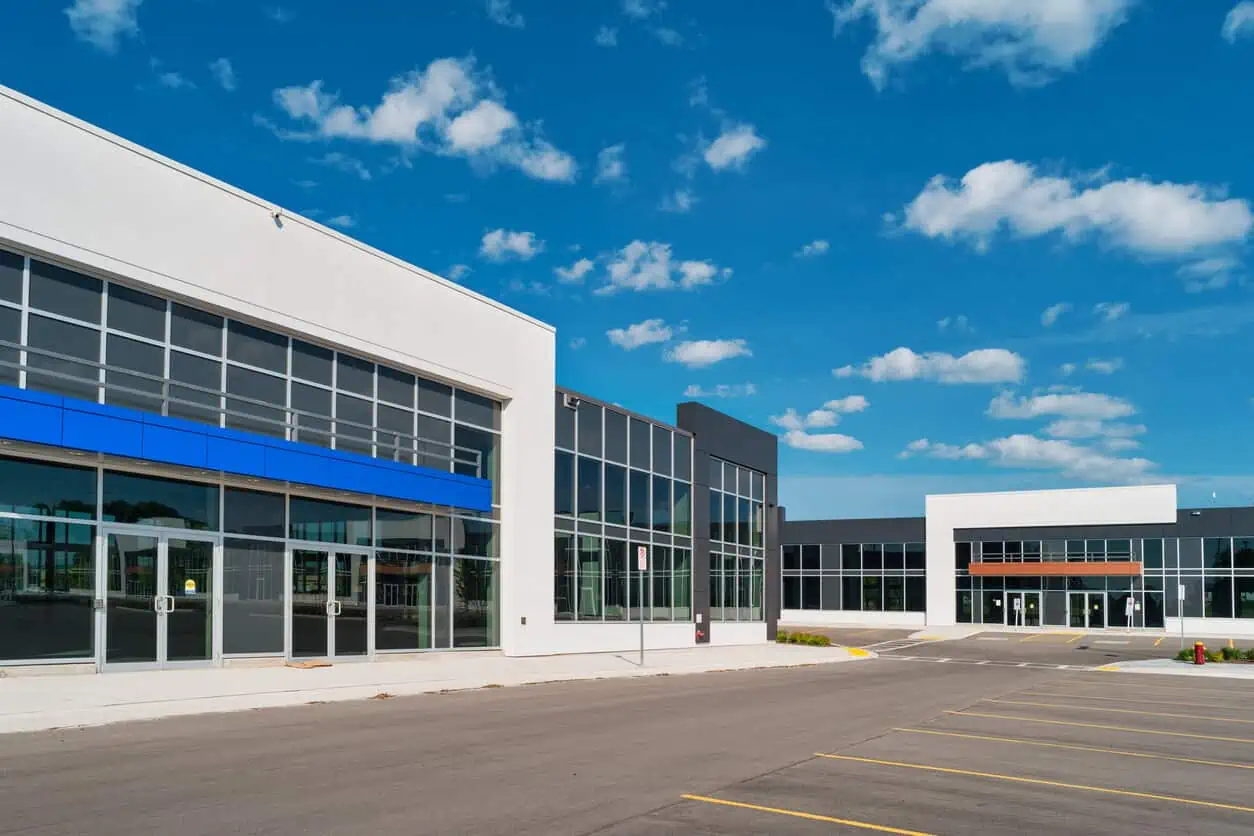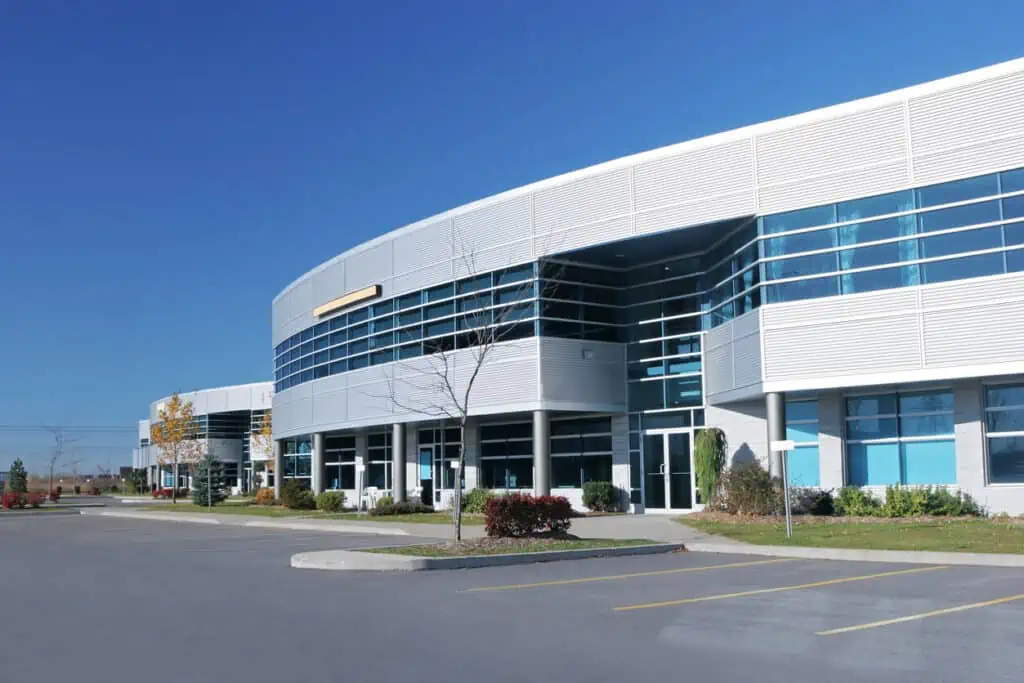Selecting energy-efficient commercial windows for commercial buildings is one way to reduce utility costs and create a comfortable indoor environment. Here are key factors to consider when choosing energy-efficient window systems for your commercial building.
How to Select Energy-Efficient Commercial Windows
Do you want to lower energy costs? Here’s how to select energy-saving windows to reduce your building’s energy usage.
Look at energy efficiency ratings.
Look for windows with high-efficiency ENERGY STAR ratings. Here’s a quick explanation of what you will find on the labels.
- The U-factor measures the rate of heat transfer through the window. A lower U-factor indicates better insulation. In cold climates, windows with a lower U-factor may be more critical, while minimizing solar heat gain may take precedence in hot climates.
- A lower SHGC value indicates reduced solar heat gain, essential in warm climates.
- Higher VT values mean more natural light can enter the building.
Consider the window frame material.
Choose window frames made from energy-efficient materials. Standard options include vinyl, fiberglass, and thermally broken aluminum. The frame’s thermal conductivity can impact its energy efficiency.
Ask about glazing options.
Opt for double or triple glazing with low-emissivity (Low-E) coatings. These coatings help control heat transfer and improve insulation. Gas fills, such as argon or krypton, between glazing layers can enhance insulation properties.
You may also consider window films –or integrated shading or blinds within the window system to manage sunlight and reduce the need for additional interior shading.
Consider the window design and building orientation.
Changing the size of the existing windows may be difficult. However, consider the building’s orientation and choose windows that maximize natural light while minimizing heat gain. Use glazing with different properties for different sides of the building based on sun exposure.
Think about the expected lifespan of your new windows and maintenance needs.
Choose durable window systems that require minimal maintenance to ensure long-term energy efficiency. Long-lasting, low-maintenance windows will reduce operating costs and increase the property value of your commercial building.
Work with a company that understands local building codes and standards.
Working with a local renovation company helps ensure that the local building codes will be met.
Complete a cost-benefit analysis.
Evaluate the upfront costs against the expected energy savings over time. Energy-efficient windows may have higher selling prices but can lead to significant long-term savings.
Understand the warranty on products and services.
Choose window systems from reputable manufacturers that offer good warranties. This ensures that the products meet quality standards and can withstand the test of time.
Energy-Efficient Windows Will Lower Your Energy Costs
By carefully considering these factors, you can choose energy-efficient window systems that align with your commercial property’s needs and contribute to overall energy savings.
For cost-effective ideas on improving your building’s energy efficiency, contact TopKey Construction. We are experts in green buildings.
Call a TopKey Construction team member today. We will schedule an on-site visit followed by our recommendations and a free estimate. TopKey Construction provides commercial contractors in Maryland, Northern Virginia, and Washington, D.C.
Key Takeaways: How to Make Your Commercial Building More Energy-Efficient
- Compare each product’s energy efficiency ratings.
- Consider the window frame material.
- Ask about glazing options and shades.
- Consider the window design and orientation of the building.
- Think about the expected lifespan of your commercial windows and maintenance needs.
- Work with a company that understands local building codes and standards.
- Complete a cost-benefit analysis.
- Understand the warranty on products and services.

